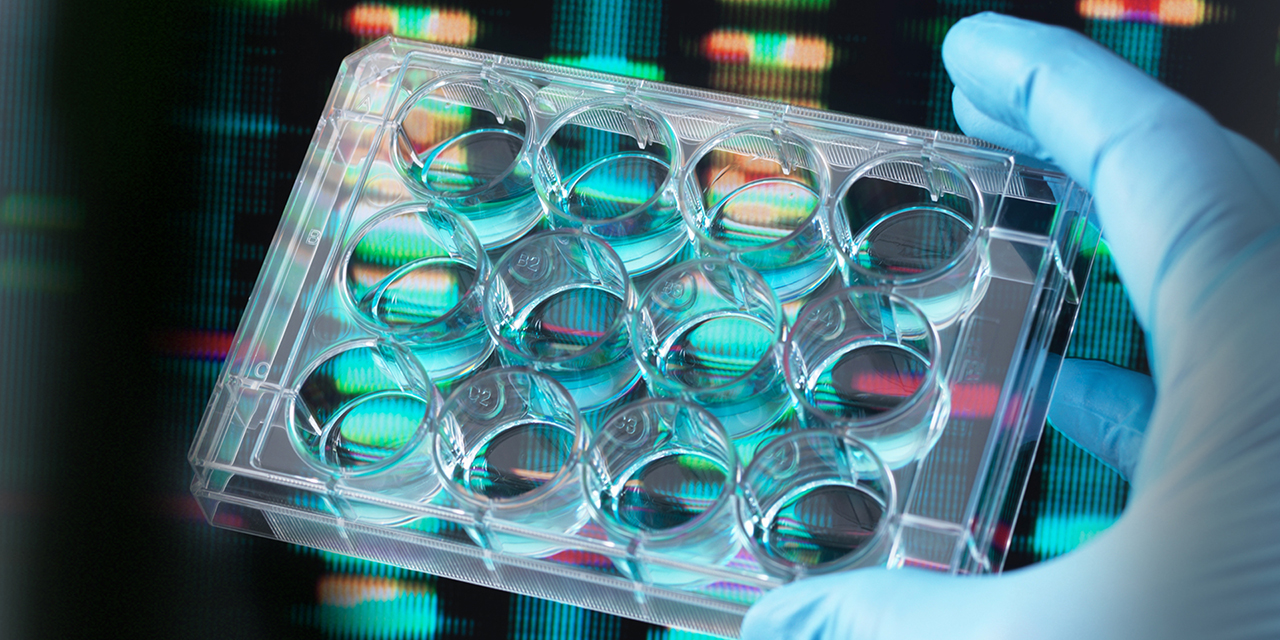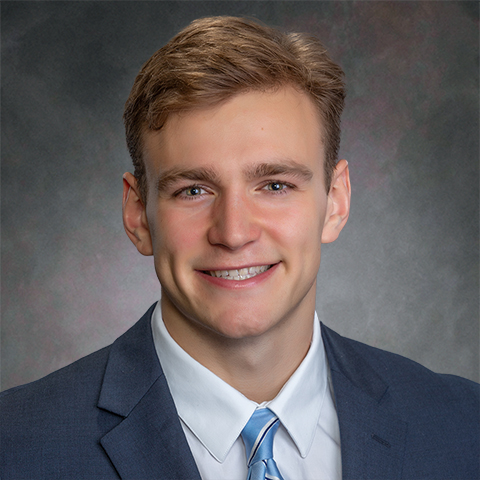
Analyst Takeaways from Baird’s 2021 Virtual Global Healthcare Conference
Baird’s 2021 Virtual Global Healthcare Conference took place in mid-September, as the COVID-19 Delta variant continued to roil business and the global healthcare ecosystem. The firm’s research team covering the healthcare space convened after the conference to share their key takeaways from their discussions with nearly 140 companies participating and 630+ institutional clients.
MedTech
According to Jeff Johnson, Baird Senior Research Analyst covering medical technology, there’s a hierarchy to the pacing of the COVID recovery across the end markets included in his coverage. While aesthetics are seeing little COVID impact and dental end markets appear to be stable at or above pre-COVID demand levels, contact lens demand is less robust, with new fits and refits remaining down. Orthopedics is under the most pressure from the Delta variant and reduced hospital capacity. Hospital-based procedures (such as those for hips/knees/spine) will remain more impacted by Delta variant concerns for now, but optimism of post-peak recovery by 4Q exists.
Turning to life sciences & diagnostics, life science tools companies and end markets are largely tracking in line with guidance expectations, said Catherine Ramsey Schulte, Baird’s Senior Research Analyst covering the sector. Most are not seeing disruption from recent increases in COVID cases, and she sees upside potential in COVID-testing names. Diagnostic companies largely saw trends in line with expectations despite pockets of weakness associated with COVID flare-ups.
Medical Services
Evan Stover, Senior Research Associate covering healthcare services, focused on select subsectors within the broader services market: CROs and the healthcare supply chain. The team’s CRO coverage is coming off a very strong revenue quarter (largely due to exposure to the COVID vaccine and central lab work) and is seeing record RFP flows. Labor pressures are a hot topic in this area, though many companies emphasized their ability to offset any related challenges with operational efficiencies and contract pricing.
Within its healthcare supply chain coverage, the team is most upbeat on drug distributors, a group that may be in the early stages of a cyclical recovery. Looking broadly across the supply chain space, the team believes there are reasons to be positive, with resilient healthcare utilization amidst the rise in COVID cases as well as building evidence of a solid tail from COVID-related products, such as PPE, testing, vaccinations, therapeutics and more.
Vikram Kesavabhotla, Baird’s Senior Research Analyst covering healthcare technology & services, said while the COVID resurgence is having a varied impact across his coverage area, there was optimistic sales pipeline commentary from services companies attending the conference. Many pointed to the sustainability of demand trends fueled by end markets continuing to embrace digital technologies.
Biotech
Luke Herrmann, Research Analyst covering biotechnology, shared his team’s key takeaways. On the commercial side, biotech companies with marketed products feel they are well-equipped to manage future pandemic-related issues. The team views this improved preparedness as an incremental positive moving into the balance of the year. An increase in the quantity and quality of clinical catalysts will continue to provide important company-specific drivers going forward.
Clinical development continues at a strong pace across much of biotech despite COVID, said Joel Beatty, Baird Senior Research Analyst covering the sector. Presenting companies in Beatty’s coverage highlighted key clinical data updates at the ESMO Conference, key upcoming PDUFA dates and updates around COVID-related agents as important trends.
Colleen Kusy, Baird Senior Research Analyst covering biotech, said the team sees multiple upcoming data readouts that could de-risk programs and inform development strategies across their coverage. Meanwhile, commercial biotechs are gaining some traction while simultaneously making pipeline progress. While COVID is a factor for the team’s covered commercial-stage companies, the companies highlighted increasing prescriber breadth and positive feedback on product profiles.
The innovative spirit of cell and gene therapy was on full display at the conference, said Jack Allen, Baird Senior Research Analyst covering biotech. The team was encouraged by our many discussions surrounding novel technologies such as TCRs, TILs, and NK cells, while more established modalities including CAR-T and AAV-based gene therapy continue to see iterative innovation. Moving forward, the team believes given the cutting-edge nature of this space, cell and gene therapy will be an area of significant scientific advancement for years to come, which should lead to continued investment in this area of biotech.
Participating Research Team

Evan Stover, CFA
Senior Research Associate

Luke Hermann
Research Analyst




